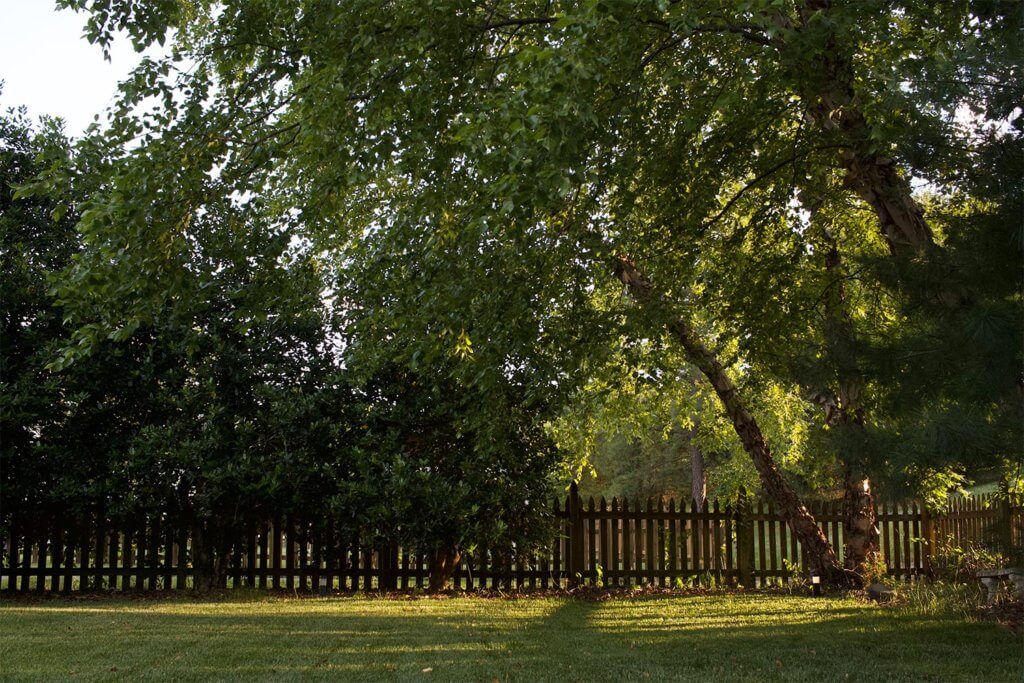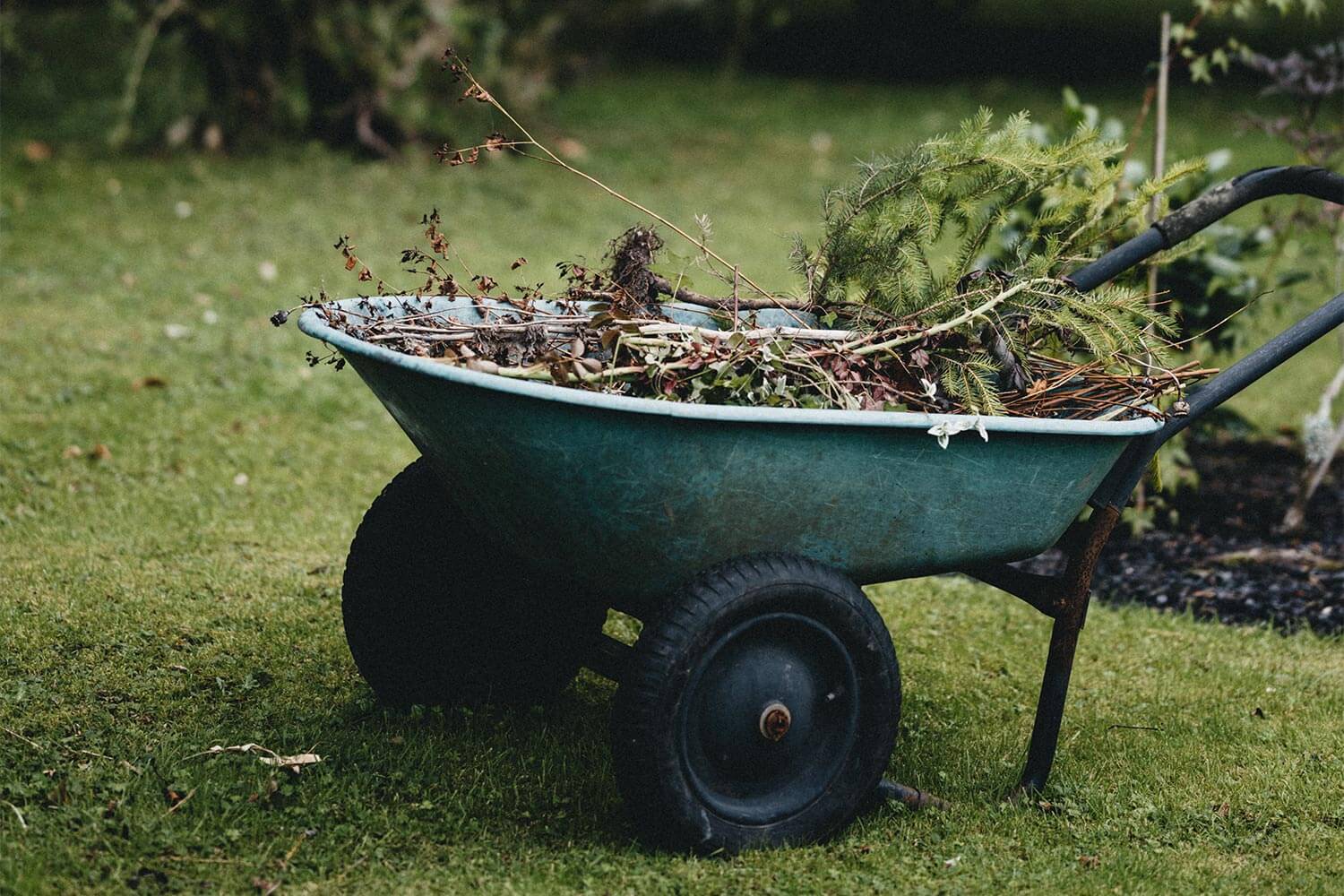Every tree owner is familiar with the word ‘pruning’; after all, it is the most common tree maintenance practice, but that does not mean that every tree owner is familiar with how to prune correctly. Contacting a professional arborist is the perfect way to keep your trees healthy and looking amazing all year long.
Even with professional help, it doesn’t hurt to know at least the basics of tree pruning. In fact, learning the best tree care practices can even help you choose the right arborist for your needs. Keep reading to learn more about the tree pruning process.
Pruning Trees – Why is it important?
Pruning eliminates diseased, unproductive, or unwanted parts of trees that no longer add to the plant’s health. Let’s look at the significant benefits of pruning your trees:
Protect the people on the property by pruning
- Pruning helps eliminate low-lying tree branches that can cause injury.
- Prune damaged or dead branches leftover after a storm subsides.
- Low hanging branches over households, streets, offices, etc., pose a potential threat to the property and people’s safety. Unless pruned, they can cause significant damage in the future.
- When trees are allowed to grow freely, they may interfere with overhead wires, power lines, electric circuits and block the visibility of street lamps or traffic lights.
Improve the structure and production of your trees
- Pruning trees help them to bear new fruits and flowers.
- Beautify your trees by pruning unseemly branches.
- Regular tree pruning accelerates the plant growth, helping evergreen trees to increase their lush foliage.
- Short shrubs maintain and increase their dense hedges when pruned.
Keep the plant healthy
- Diseased branches infected with fungi need constant pruning to remove and prevent further damage.
- Pruning trees is generally the quickest way to get rid of insect infestations. When insect infestations are left unchecked, they eat into the trees and structurally weaken them. Such trees can only be saved by pruning.
- Prune hedges and branches that tend to rub together and cause breakage or deformities.
- Snipping the dense foliage in evergreen trees allows light and air to enter through the canopy, promoting healthy, disease-free growth.
- Standing water or prolonged snow cover can dampen the base of your tree, resulting in the weakening of the wood structure, and may even induce rot. The best time to prune these trees is as soon as you notice any degradation.
- Pruning helps strengthen the trees and allows them to stand tall in wind, storms, and inclement weather.
- Older trees especially need to be pruned to help maintain stability and health.
- A newly planted tree should be pruned appropriately during their early years to promote growth in the most vital parts.
Take Note: When you prune many tree branches from a single tree, it may encourage weaker branches to grow. Weak limbs affect the overall plant health, stability and strength of the tree, making tree topping highly discouraged.
When is the best time to prune trees and shrubs?

Every season affects trees differently:
- Spring growth brings in a new bloom of flowers and fruit.
- Leaves and branches dry up in summer.
- Trees are more prone to fungi attacks during fall.
- Arboreal productivity is almost always dormant during winter.
Hence, it’s necessary to identify the effects of each season beforehand, allowing tree owners to:
- Observe the tree’s growth and preserve its health.
- Prepare flowering trees for a productive season.
- Control and shape the tree’s structure as it grows.
- Keep fungal infection at bay.
After fall, the tree is laid bare to identify which parts need pruning. It may be tempting to prune trees as early as autumn, but that can cause potential damage. Trees prepare for hibernation through the winter months by shedding off their load in autumn.
Moreover, when the air is neither too chilly nor too warm, a fungal attack can materialize on pruned stubs. Leave the tree alone during this time to allow the tree to heal slowly and recover from last season’s pruning.
The best time to prune branches is in the dormant season from late winter to early spring. Late winter cuts leave the young tree less exposed to climatic elements since new growth arrives in spring and the tree heals slowly. Pruning trees in late spring is suitable for stimulating growth in old and mature trees.
Not all plants have the same pruning pattern. When the motive is to bear flowers and fruits, tree pruning practices are quite different from pruning small trees, shrubs, hedges and evergreens.
Best tools for Pruning Trees
Basic pruning can be performed with the simplest of shears or pruning saws. Sharp and clean cuts ensure quick healing and healthy growth, while blunt cuts made by dull tools are highly detrimental to new development in trees. Hence, it’s essential to keep your tools sharp, clean, and well-oiled.
Choosing the right pruning tools for the job
Essential tools needed for pruning:
- Pruning Shears – Basic pruning equipment that gets the job done. They are capable of cutting thin branches of about 20 mm in diameter. Depending on the job at hand and the user’s preference, pruning shears have three variants:
- Bypass Pruner – The most popular hand pruner. It has a curved blade and cuts like scissors, leaving clean cuts.
- Anvil Pruner – Has a straight blade and acts like a knife on a chopping board. They help remove dead branches and stems.
- Ratchet Pruner – It is an essential pruner that can make 25 mm cuts easily. They help prevent strained wrists while cutting through dense branches.
- Lopping Shear – With long handles and thick blades, they help prune fruit trees and vines, cutting branches about 40 mm thick.
- Hedge Shear – Useful for pruning shrubs and hedges and can trim 10 mm thick branches.
- Pruning Saws – Depending on the thickness of the wood, saws are capable of easily cutting 25 – 125 mm thick branches. The common variants are:
- Hand Saw – A versatile and portable saw that can easily prune 25 mm thick branches.
- Pole Saw – Their long handles help reach inaccessible places and can cut larger branches, up to 30 mm thick branches.
How to maintain pruning tools
- Clean the blades after every use.
- Store them in a dry and safe environment; otherwise, the humidity helps induce rust in the blades in no time.
- Ensure that sap and dust doesn’t build up between the blades.
- Oil and sharpen the blades periodically.
How to prune a tree properly
Depending on the type of tree, you can prune trees in a myriad of ways, but these general practices will help with pruning trees of any kind:
- The general rule of thumb is to never remove more than 25% of tree or shrub foliage.
- Avoid cutting into the branch collar or close to the trunk to prevent damaging the tree.
- Always remove diseased, dying, dislocated, and dead branches.
- Ensure wound closure by painting over it.
- Clear away at least some of the entangled or rubbing branches at the base of the tree or shrub.
If tree branches and limbs appear to be bigger in diameter than the trunk, always prune them; otherwise, those branches can cause structural instability.
Eliminate branches that appear to have a downward growth.
Types of Pruning
Pruning trees solve various concerns, from health to security-related reasons. There is no one-cut-fits-all procedure, but depending on the issue at hand, these are the basic types of pruning:
- Thinning – The practice of snipping away the branches and leaves of a tree allows light and air to pass through the tree uninhibited. Thinning from time to time also helps to lessen the load of foliage resting on thick branches while keeping the tree’s natural shape.
- Topping – Clears away most of the tree branches and foliage, stripping it down to the bare structure. Not always recommended; this helps shape the growth in new plants.
- Raising – Refers to the practice of clearing branches that grow low and disrupt human activity.
- Reduction – The term is self-explanatory; it means reducing the tree foliage or shrub volume by trimming. The reduction also helps to maintain the form and structure of trees. It is typically done as a safety precaution, such as to make way for power lines.
- Cleaning – Removes the damaged, diseased, weak, and dead or dying branches from a tree crown.
When to call your local tree pruning professionals
- If you are completely inexperienced and don’t know how to prune a tree correctly, it’s imperative to utilize the services of a professional arborist.
- For safety reasons, only professionals should clear the wreckage left behind in the aftermath of a storm.
- Safely keep the area around power lines and poles clean.
- When crowning branches are extremely low hanging.
- When there is a heavy workload or when sophisticated power tools are necessary to do the work.
- When a pruning region is far out of reach.

